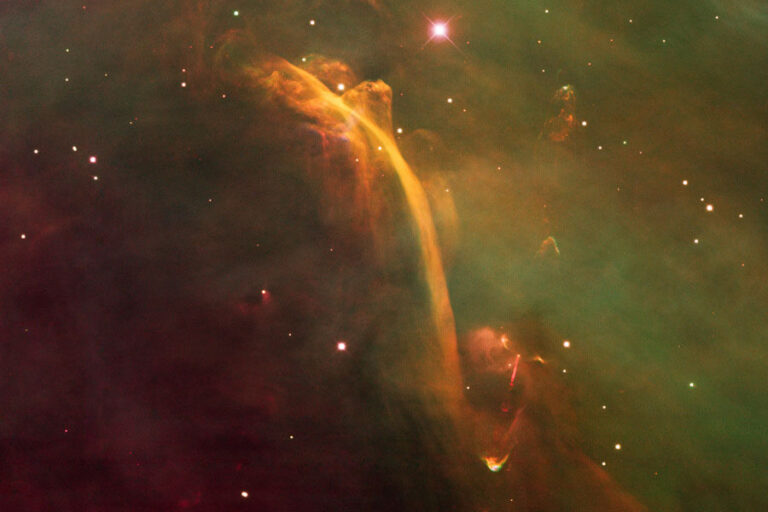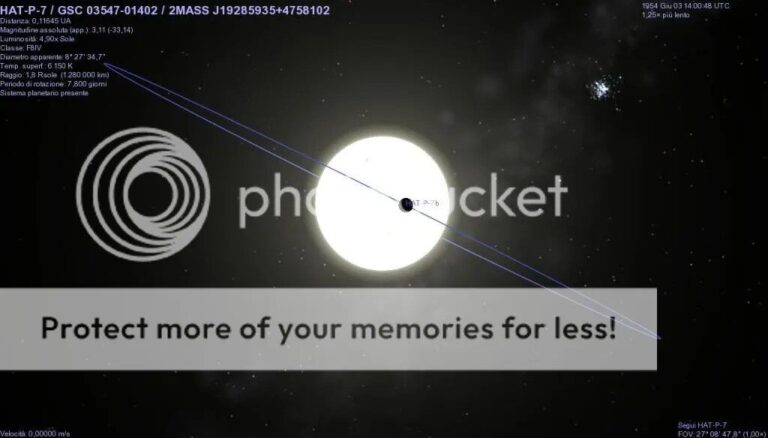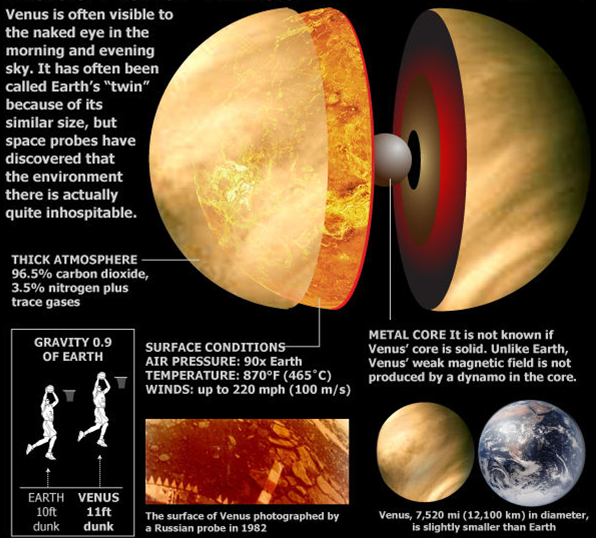Nearby Brown Dwarf Gets The Hubble Treatment
The Luhman 16 AB system wasn’t discovered until 2013, which is surprising given that the system is the third known closest system to our own star, the Sun. Since its discovery, Hubble has been keeping tabs on the system and recently revealed a stack of images that show the system comprising of 2 brown dwarfs, and not 3 as originally suspected. Sometimes in astronomy, it’s our closest neighbors that provide us with the biggest surprises.
Between August 2014 and October 2016, Luigi Bedin and his dedicated team spent time viewing and studying the behavior and composition of Luhman 16 A and Luhman 16 B. They managed to image the stars 12 times during this period and made several derminations using the data gathered. They managed to accurately confirm the distance from our own star, the orbital behavior of the stars and whether or not any exoplanets were likely to be lurking in the system. The results will be published by Royal Astronomical Society.
The astronomers used the images and described the stars as dancing around each other across the night sky. A third potential body was suspected within the system, but this has been ruled out completely. A large exoplanet was suspected at first, given data from initial observations made by European Southern Observatory’s Very Large Telescope. The data ruled out this prediction, stating that if a planetary body existed in the system, it would be smaller than Neptune and take more than a few years to orbit the brown dwarf stars.
Many refer to Brown Dwarf stars as failed stars, because they aren’t big enough to keep up the fusion process in their core. We have suspected that they might be able to use a rare isotope known as deuterium, which is used in matter-antimatter reactions on Federation starships, but this reaction time doesn’t last very long in cosmic terms. The star will cool off, slow down and grow dark and cold over time. We do think, however, that there are more brown dwarf-style objects in the universe than high-mass object like our Sun. It is therefore expected that brown dwarfs are a more fertile hunting ground in the search for exoplanets.
How close is Luhman 16 AB?
The system is located around 6.5 light-years from us, or 2 parsecs. Barnard’s Star and Alpha Centauri are the only known systems that are closer to us. Every 20-40 years, Luhman A and B circle each other at a distance of about 3AU, with one AU (Astronomical Unit) being the distance from us to our Sun.
The Luhman 16 AB system is a great place for scientists to study because it is very close to us. Brown dwarf stars are often difficult to spot as they are small and dim, but the data they give us could prove useful in a variety of astronomical purposes. The team plan to continue studying this system and look for smaller exoplanets that could be lurking in the dark.





